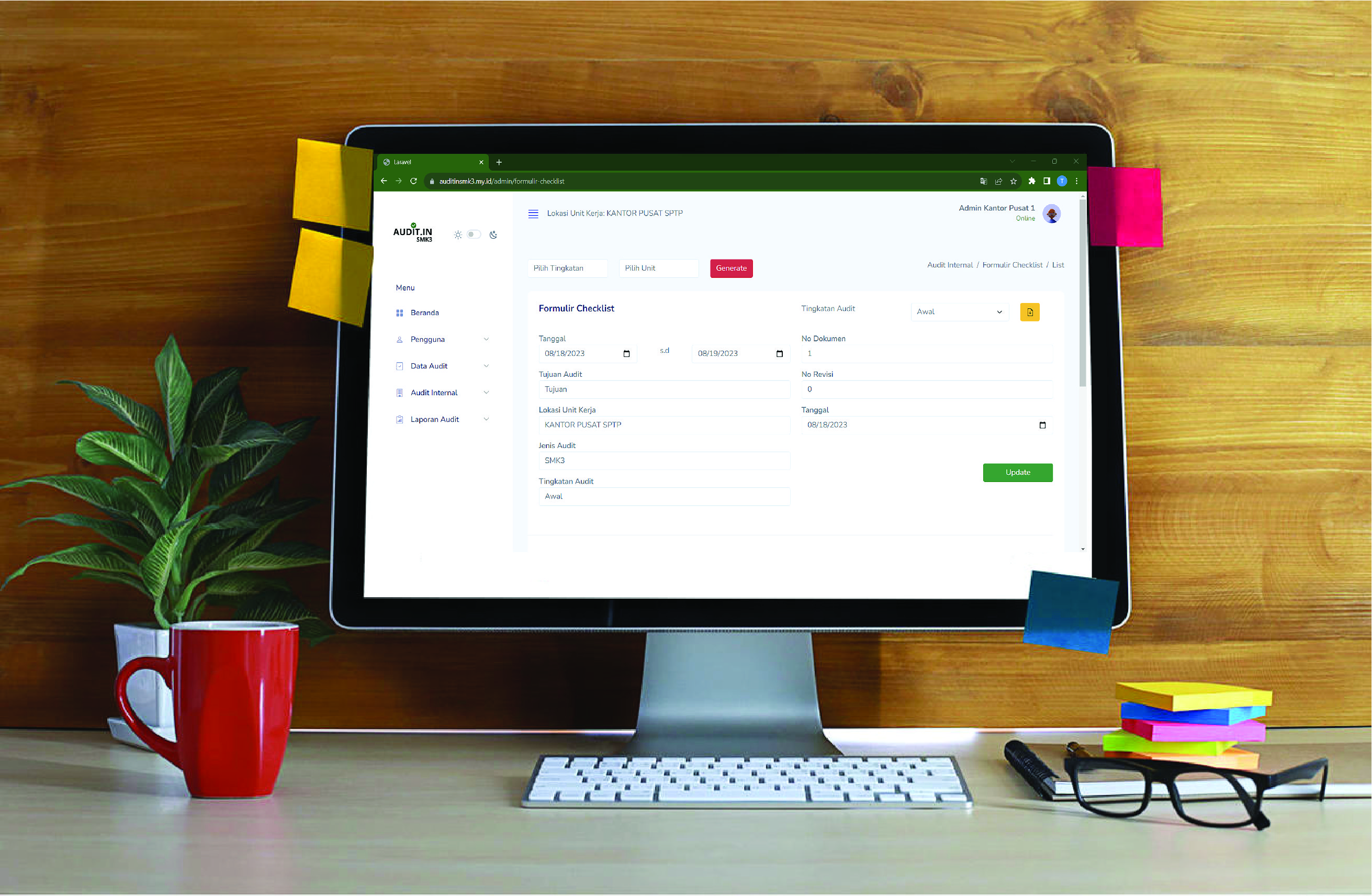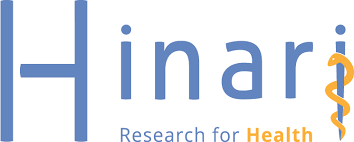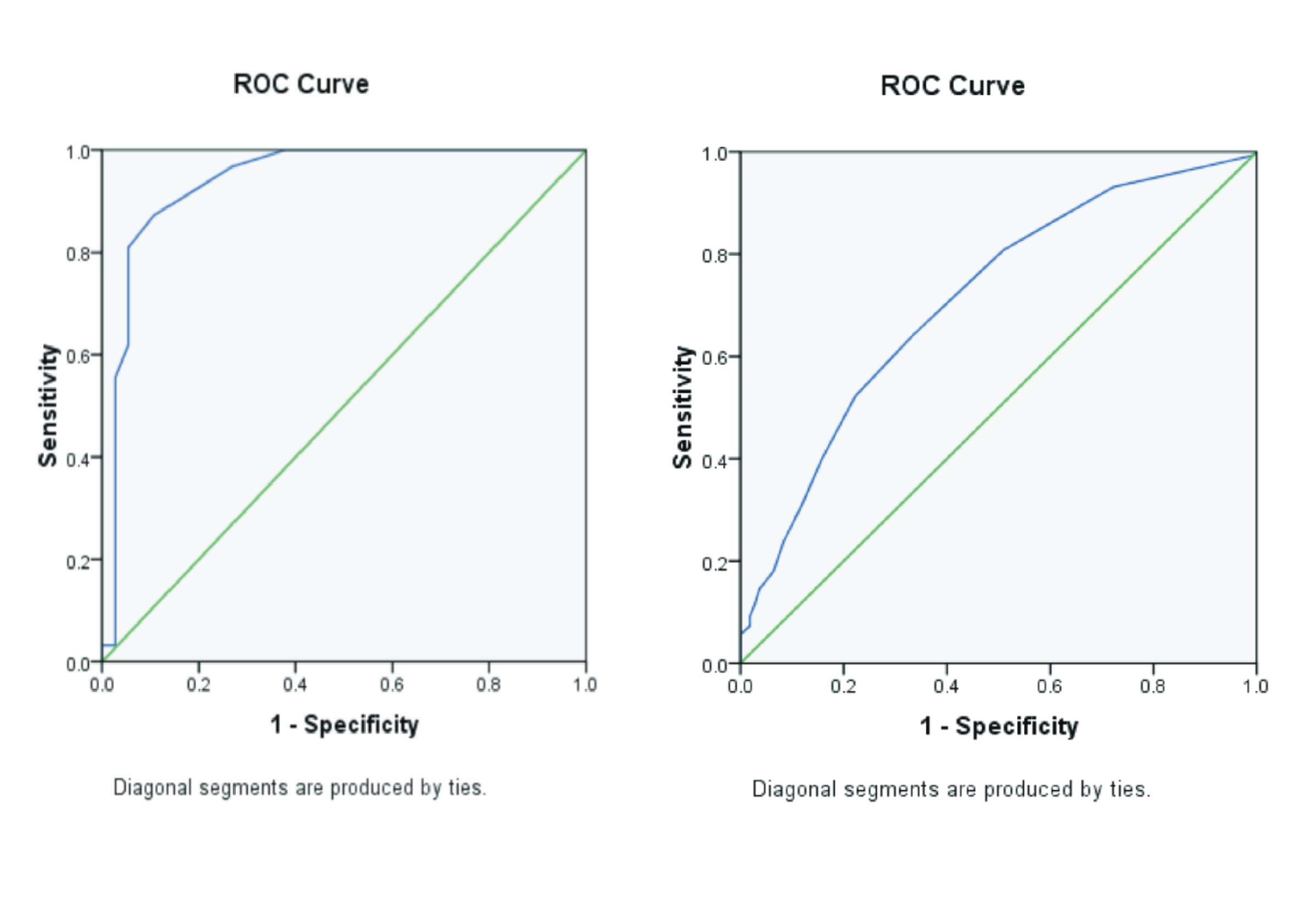DESIGN OF INTERNAL AUDIT INFORMATION SYSTEMS OF OCCUPATIONAL SAFETY AND HEALTH MANAGEMENT SYSTEMS

Background: The internal audit assessment of the Occupational Safety and Health Management Systems (OSHMS) in the container terminal company currently uses semi-digital forms. The company’s existing audit forms used general data processing software (Microsoft Excel), which was ineffective and inefficient in fulfilling the internal audit assessment of OSHMS. It also needed to be adjusted, referring to the guidelines of the Republic of Indonesia Government Regulation Number 50 of 2012. Digitalization through information systems is recommended to improve the effectiveness and efficiency of the internal audit assessment of OSHMS in the company. Purpose: To analyze the requirements for the internal audit information systems of OSHMS in the company. Method: This study used the direct test method to determine the function of features and menus on the information systems interface and usability testing to determine the percentage of system usability for users. Descriptive analysis was used to identify the requirements for the internal audit information systems of OSHMS in the company. Result: Based on the study conducted, there were minor adjustments to the forms of internal audit of OSHMS in accordance with current regulations. The fulfillment of 166 audit criteria for internal audits of OSHMS at the advanced level in the company required 99 documents of audit evidence. The direct test results show that the information systems function is running according to the study objectives. The results of the usability testing obtained a percentage of 83.15%. Conclusion: The internal audit information systems of OSHMS can be implemented and provide benefits for the company.
Introduction
The number of occupational accidents in Indonesia in 2021 was 234.370 cases, which increased by 5.39% from the previous year of 221.740 cases(Violleta & Meirina, 2023). This number can increase if the companies in Indonesia do not have hazard controls, one of them is administrative control. Occupational Safety and Health Management Systems (OSHMS) are one of the administrative controls that can be implemented by companies. Implementing a well-established OSHMS can prevent occupational accidents and diseases(Wang et al., 2021). The container terminal company is one of the companies that is required to implement OSHMS. The container terminal company is a company engaged in container terminal services both domestically and internationally. The company also has a high risk of danger that can be controlled through risk management. One of the ways to manage risk is by properly implementing the OSHMS.
The implementation of OSHMS has been required in Republic of Indonesia Government Regulation Number 50 of 2012 about the Implementation of Occupational Safety and Health Management Systems on article 5 clauses 1 and 2, which state that “Every company that employs workers or laborers of at least 100 people or has a high level of potential hazards must implement OSHMS in their company”(Regulation, 2012). Up to 1.749 enterprises have implemented OSHMS, according to data from the Republic of Indonesia's Ministry of Labor in 2023 including micro, small, medium, and big businesses, the total number of companies registered with the Ministry of Labor in 2023 was 812.407(Manpower, 2022),(Manpower, 2023). The annual implementation of OSHMS internal audits can be used to manage the system's implementation. Government Regulation Number 50 of 2012 of the Republic of Indonesia regarding the Implementation of Occupational Safety and Health Management Systems is the standard reference used in Indonesia. Government Regulation Number 50 of 2012 of the Republic of Indonesia divides OSHMS implementation into three levels: entrance level (64 criteria), transition level (122 criteria), and advanced level (166 criteria)(Regulation, 2012).
Regarding the rules utilized for the OSHMS audit assessment, Minister of Labor of the Republic of Indonesia Regulation Number 26 of 2014 concerning the Implementation of Assessment of the Application of OSHMS(Manpower, 2014)is relevant. A number of forms are needed for the internal audit of the OSHMS, including the non-conformance report form and the internal audit of OSHM checklist form. To further assist auditees in meeting audit criteria, a list of objective evidence is also required. Current applicable regulations are reviewed for potential modifications to forms already in use, such as Non-Conformity Report (NCR) forms and checklist forms. The assessment guidelines refer to the Minister of Labor of the Republic of Indonesia Regulation Number 26 of 2014(Manpower, 2014), while the checklist forms are modified by Government Regulation Number 50 of 2012(Regulation, 2012).
The company’s current audit forms utilized Microsoft Excel, a generic data processing program, which was inefficient and unproductive for completing the internal audit review of the OSHMS because it had to be manually recorded and was unable to provide a comprehensive view. An alternate strategy for raising the efficacy and efficiency of the OSHMS internal audit procedure is digitalization. Existing forms, such as checklist forms and NCR forms, are evaluated for adjustments to the current applicable regulations. The checklist forms are adjusted based on the Republic of Indonesia Government Regulation Number 50 of 2012(Regulation, 2012), and the assessment guidelines refer to the Republic of Indonesia’s Minister of Labor Regulation Number 26 of 2014(Manpower, 2014). Interpretation of the checklist forms is used to analyze the number and data requirements of audit evidence documents according to the set terms with references from the Department of Labor and Transmigration of East Java Province(Darmawan, 2023). Facilitating the audit process also entails plotting the audit criteria according to the roles and responsibilities of work units or divisions. The non-conformity report forms are modified in accordance with the guidelines for preparing non-conformity reports using the Problem, Location, Objective, and References (PLOR) rules, which include issues with findings, where findings are located, goals or supporting evidence for findings, and references or rules that are violated(Research & SPMI, 2019).
Utilizing the PHP programming language and MySQL database, information systems based on flexible websites are designed as part of the digitalization process. Since PHP programming is an open source project, modifications and distribution of the source code are permitted(Surahmat & Fuady, 2022). Additionally, the MySQL database can run on a variety of operating systems, supports a wide range of storage engines, and it is open source for the purpose of digitizing the internal audit forms of the OSHMS, a responsive website was selected. This type of website is easy to maintain, can be accessed by several devices of varying sizes, and only requires a single domain(Novianty, 2017). As a result, the OSHMS internal audit can be implemented simply, swiftly, and flexibly by the audit schedule that has been set.
According to earlier research by(Ichsan, 2019), the information system is capable of managing and accessing relevant OSHMS audit evaluations based on their levels accurately and fraudulently, and it can readily access the data requirements required to assist audits. Additionally, research by(Kurniawan, 2022)demonstrates that the information system created for audit checklists and reporting non-conformance reports is workable. In addition, research by(Damayanthy, 2021)reports
Alpina, D., Witriyono, H., 2022. Pemanfaatan Framework Laravel Dan Framework Bootstrap pada Pembangunan Aplikasi Penjualan Hijab Berbasis Web. Jurnal Media Infotama Vol. 18(1), Pp. 36-42.
Ambriani, D., 2020. Rancang Bangun Repository Publikasi Ilmiah Dosen Berbasis Web menggunakan Framework Laravel. Jurnal Manajemen Informatika Vol. 10(1), Pp. 58-66.
Daga, R., Ismail, N., Maddatuang, B., 2020. Analisis Efektivitas Program Mandiri Dagang Untung pada PT. Bank Mandiri (Persero), Tbk. Kanwil Regional X Sulawesi dan Maluku. SEIKO: Journal of Management & Business Vol. 3(3), Pp. 65-78.
Damayanthy, D.C., 2021. Perencanaan Pemenuhan Elemen Sistem Manajemen Keselamatan dan Kesehatan Kerja pada Kategori Transisi Berdasarkan Peraturan Pemerintah Nomor 50 Tahun 2012 (Diploma). Politeknik Perkapalan Negeri Surabaya (PPNS).
Darmawan, H., 2023. Sistem Manajemen Keselamatan dan Kesehatan Kerja serta Lingkungan (SMK3L) di Perguruan Tinggi.
Government Regulation, 2012. PP No. 50 Tahun 2012.
Helinda, A., Musliyana, Z., TB, D.R.Y., Dwipayana, M., Suanda, J., Johari, A.N., 2020. Performance Analysis of Heterogeneous Database Management System (DBMS) Synchronization using Message Digest. AIP Conference Proceedings Vol. 2291(1), Pp. 020090.
Herzanita, A., Latief, Y., Lestari, F., 2022. The Application of BIM-Based OHSMS Information Systems to Improve Safety Performance. International Journal of Safety and Security Engineering Vol. 12, Pp. 31-38.
Ichsan, R.R., 2019. Pembuatan Sistem Informasi Checklist dan Kebutuhan Data Audit Sistem Manajemen Keselamatan dan Kesehatan Kerja Menurut PP No. 50 Tahun 2012 (Diploma). Politeknik Perkapalan Negeri Surabaya (PPNS).
Kurniawan, F., 2022. Perancangan Sistem Informasi Audit Internal ISO 45001 : 2018 dan Pelaporan Non-Conformance Report Berbasis Website Responsive di Perusahaan Fabrikasi dan Konstruksi (Diploma). Politeknik Perkapalan Negeri Surabaya (PPNS).
Kurniawan, I., Humaira, Rozi, F., 2020. Rest API menggunakan NodeJS pada Aplikasi Transaksi Jasa Elektronik Berbasis Android. JITSI : Jurnal Ilmiah Teknologi Sistem Informasi Vol. 1(4), Pp, 127-132.
Lund, A., 2001. Measuring Usability with The USE Questionnaire. Usability and User Experience Newsletter of the STC Usability SIG Vol. 8(2), Pp. 3-6.
Ministry of Manpower, 2022. SIAPkerja: WLKP : Kementerian Ketenagakerjaan Republik Indonesia. Jakarta.
Ministry of Manpower, 2023. Kemnaker Gelar Penganugerahan Penghargaan K3 Tahun 2023 (Breaking News).
Ministry of Research, Technology and Higher Education, Jakarta, 2019. Tim Pengembang SPMI, 2018. Pedoman Pelaksanaan Audit Mutu Internal (AMI).
Noviana, R., 2022. Pembuatan Aplikasi Penjualan Berbasis Web Monja Store menggunakan PHP dan MySQL. Jurnal Teknik dan Science Vol. 1, Pp. 112–124.
Novianty, C., 2017. Review Konsep Responsive Design dengan Framework Materialize pada Website. InfoTekJar: Jurnal Nasional Informatika dan Teknologi Jaringan Vol. 2(1), Pp. 41-44.
Prasetiyo, S.M., Pambudi, S., Arkansyah, I., 2023. Perancangan Backend Database dengan MySQL pada Sistem Management Asset. OKTA : Jurnal Ilmu Komputer dan Science 2, Pp. 1425–1431.
Pratama, E.R., Jonemaro, E.M.A., Dewi, R.K., 2021. Pengujian User Experience Aplikasi Perangkat Bergerak Jagoan Indonesia menggunakan Metode Usability Testing. Jurnal Pengembangan Teknologi Informasi dan Ilmu Komputer Vol. 5(4), Pp. 1342-1350.
Ramdhan, N.A., Nufriana, D.A., 2019. Rancang Bangun dan Implementasi Sistem Informasi Skripsi Online Berbasis Web. Jurnal Ilmiah Intech : Information Technology Journal of UMUS Vol. 1(2), Pp. 1–12.
Rawat, B., Purnama, S., Mulyati, M., 2021. MySQL Database Management System (DBMS) on FTP Site LAPAN Bandung. International Journal of Cyber and IT Service Management Vol. 1(2), Pp. 173-179.
Regulation of the Minister of Manpower, 2022. Keputusan Menteri Ketenagakerjaan Nomor 202 Tahun 2021.
Regulation of the Minister of Manpower, 2014. Permenaker No. 26 Tahun 2014.
Riyadi, N., 2019. Pengujian Usability untuk Meningkatkan Antarmuka Aplikasi Mobile myUMM Students. SISTEMASI Vol. 8(1), Pp. 226-233.
Sari, D.P., Wijanarko, R., 2020. Implementasi Framework Laravel pada Sistem Informasi Penyewaan Kamera (Studi Kasus di Rumah Kamera Semarang). Jurnal Informatika dan Rekayasa Perangkat Lunak Vol. 2(1), Pp. 32-36.
Septiawan, E., Sakethi, D., Andrian, R., 2022. Penerapan Metode Waterfall Pada Pengembangan Sistem Informasi Monitoring Proses Bimbingan Skripsi di Jurusan Ilmu Komputer Universitas Lampung. Jurnal Pepadun Vol. 3(1), Pp. 74-87.
Sukmasetya, P., Setiawan, A., Arumi, E., 2020. Penggunaan Usability Testing sebagai Alat Evaluasi Website KRS Online pada Perguruan Tinggi. JST (Jurnal Sains dan Teknologi) Vol. 9(1), Pp. 58-67.
Surahmat, A., Fuady, T.D., 2022. Sistem Pendukung Keputusan Penentuan Koperasi Terbaik Dinas Perdagangan Perindustrian dan Koperasi menggunakan Metode Analytical Hierarchy Process (AHP) di Kota Serang. Journal of Innovation and Future Technology (IFTECH) Vol. 4(1), Pp. 67-76.
Violleta, P.T., Meirina, Z., 2023. Menaker: Jumlah Kecelakaan Kerja Meningkat Beberapa Tahun Terakhir (Humaniora).
Wang, Y., Chang, C.-M., Liao, H.-C., 2021. Reducing Waste in Healthcare through Occupational Safety and Health Measures: A Study of Manufacturing Industries in Taiwan. Healthcare Vol. 9(11), Pp. 1476.
Copyright (c) 2025 Journal of Vocational Health Studies

This work is licensed under a Creative Commons Attribution-NonCommercial-ShareAlike 4.0 International License.
- The authors agree to transfer the transfer copyright of the article to the Journal of Vocational Health Studies (JVHS) effective if and when the paper is accepted for publication.
- Legal formal aspect of journal publication accessibility refers to Creative Commons Attribution-NonCommercial-ShareAlike (CC BY-NC-SA), implies that publication can be used for non-commercial purposes in its original form.
- Every publications (printed/electronic) are open access for educational purposes, research, and library. Other that the aims mentioned above, editorial board is not responsible for copyright violation.
Journal of Vocational Health Studies is licensed under a Creative Commons Attribution-NonCommercial-ShareAlike 4.0 International License














































